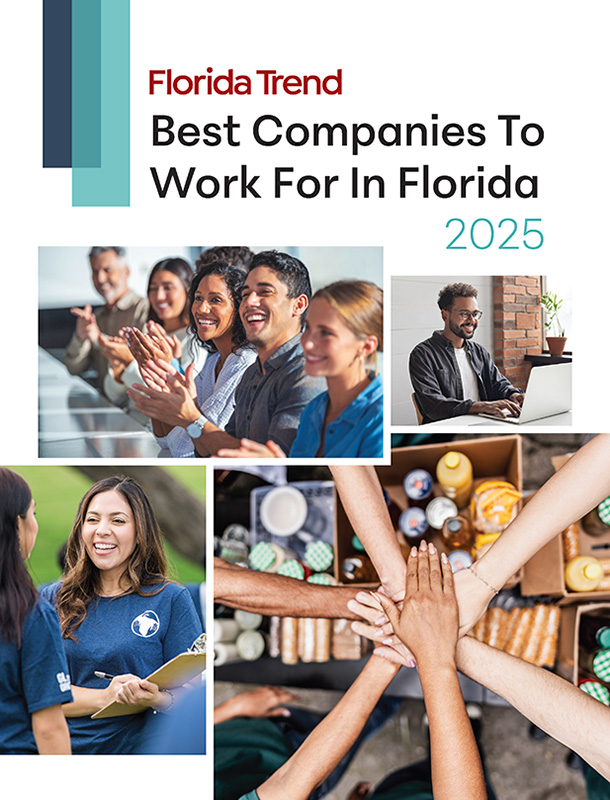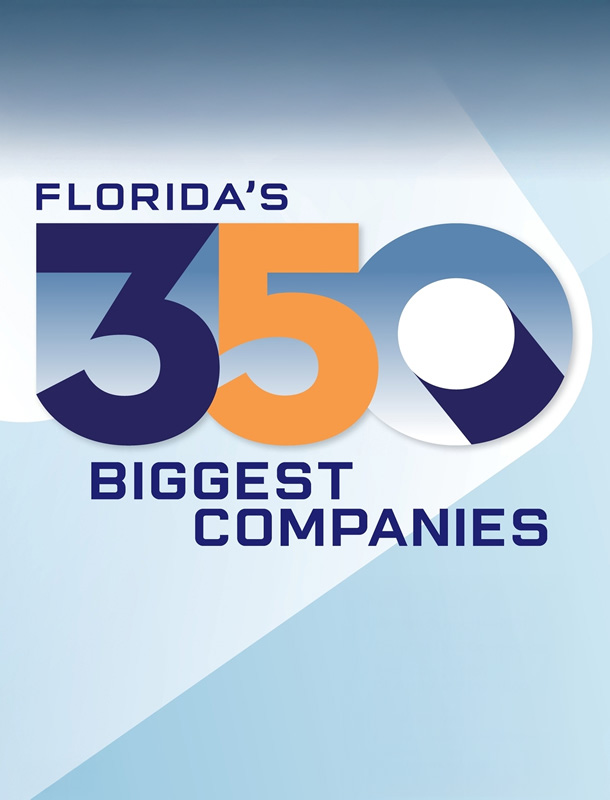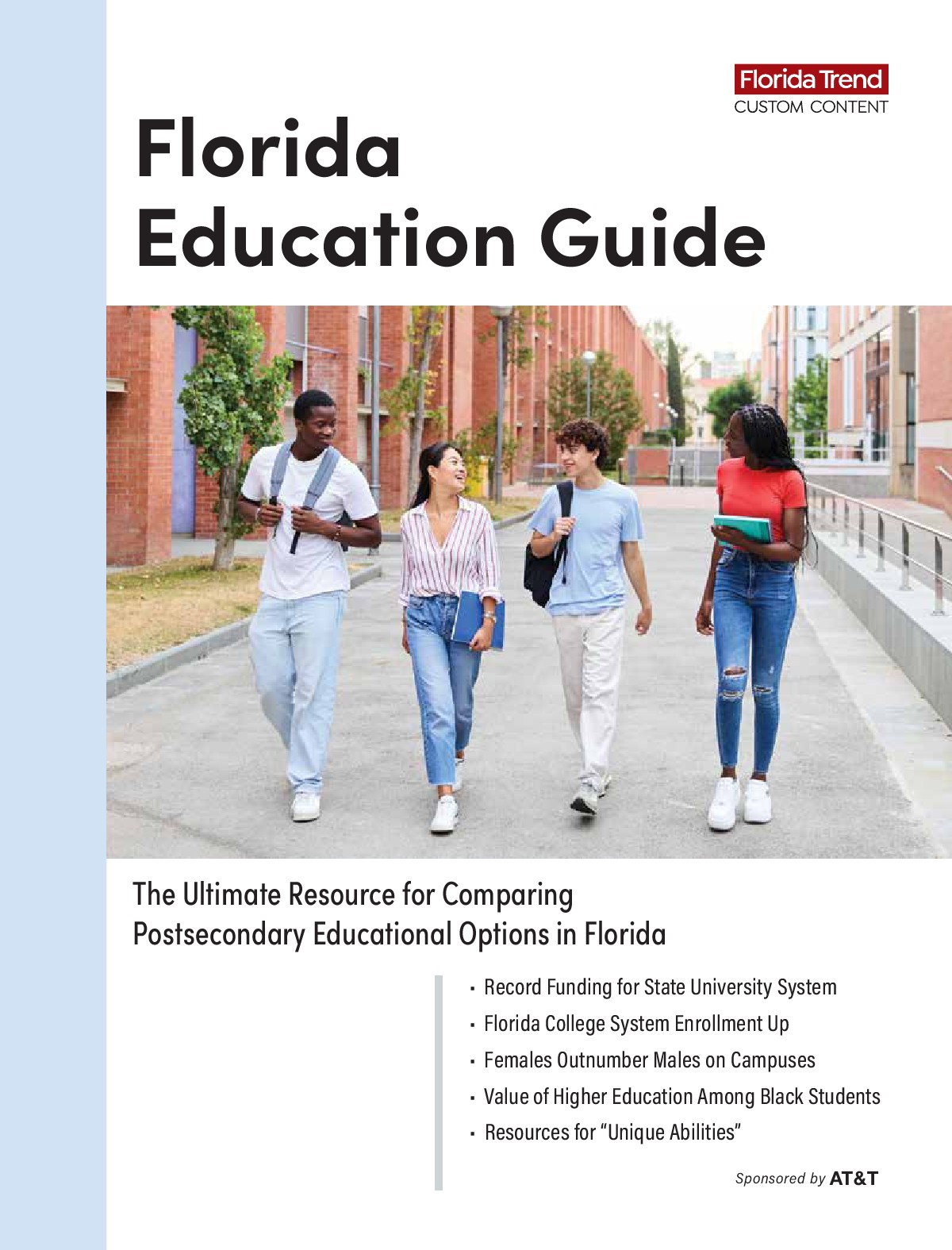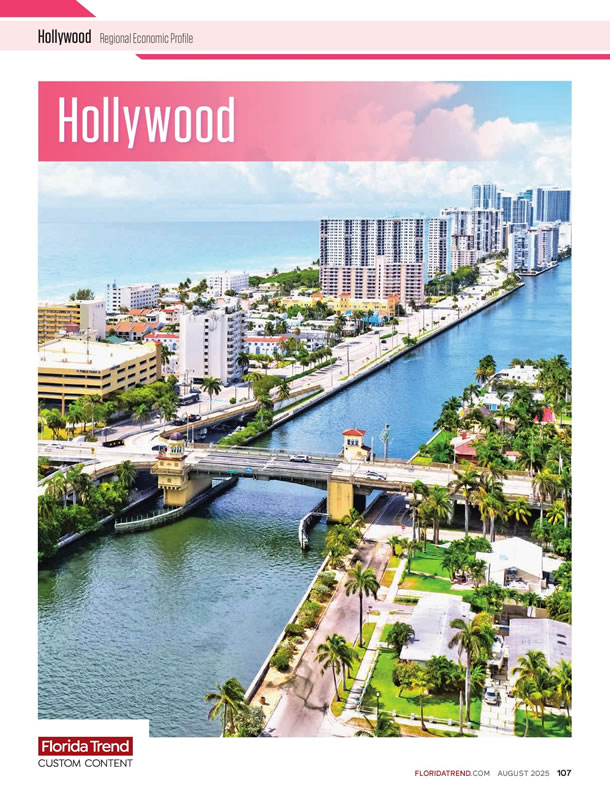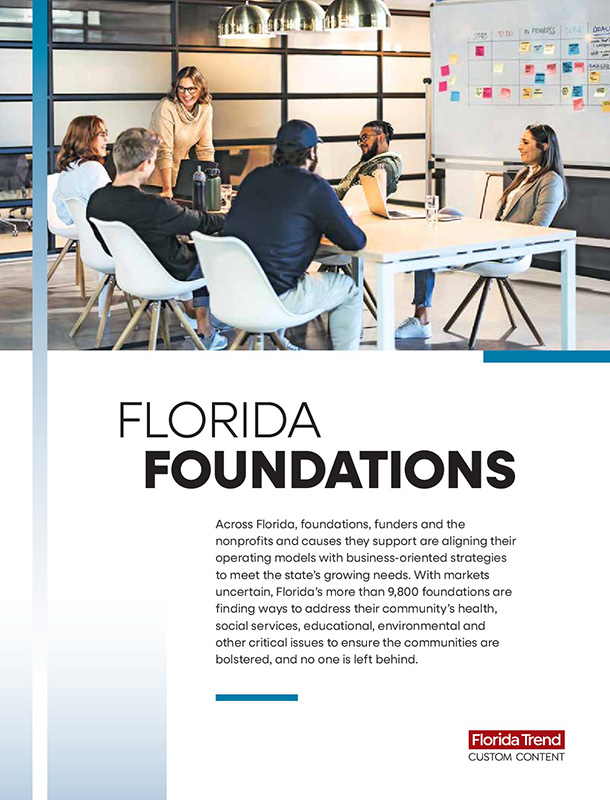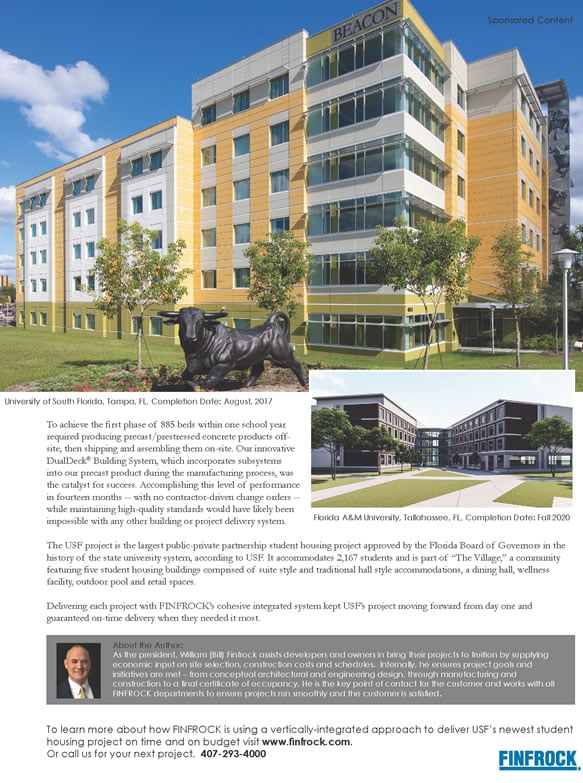May 2025 | Michael Fechter
Twelve years to get 12 grams. Twelve years of research and planning, of conducting experiments with simulated material, of traveling to the world’s most inhospitable environments. Twelve years of writing proposals and being told no.
University of Florida research scientists Rob Ferl and Anna-Lisa Paul weren’t asking NASA for just 12 grams of lunar regolith — basically dust and dirt from the moon — but that was the payoff in 2022 for their perseverance. It’s about the same volume of material you’d find inside a Keurig coffee pod. NASA saw it as a finite resource collected more than 50 years ago by the first and last astronauts to walk on the moon. The experiments Ferl and Paul wanted to do would alter it permanently.
The reluctance endured even though the space agency has honored them repeatedly for their work. In 2015, they were awarded for the “Most Compelling Science” on the International Space Station for experiments that countered conventional wisdom about root growth in microgravity environments. Each won NASA’s Exceptional Scientific Achievement Medal — Ferl in 2016 and Paul in 2018.
“Before anyone can grow plants on the moon, or on Mars or in habitats, these are the experiments that would have to be done first.” — Rob Ferl, UF scientist
Together they lead the UF Space Plants Laboratory. Ferl also is an assistant vice president for research and director of UF’s new space research clearinghouse called the Astraeus Space Institute, an initiative that former UF President Ben Sasse made possible with $2.5 million in funding. Paul directs UF’s Interdisciplinary Center for Biotechnology Research, which supports life science researchers at the university with training, equipment and more.
It wasn’t their reputations that finally led NASA to relent and offer the 12 grams, Paul and Ferl say. Rather, the Artemis program’s plans to send people back to the moon to explore “for scientific discovery, technology advancement” mean Apollo’s tightly held regolith inventory can be restored and expanded.
But years of hearing “no” seem to have added tremendous pressure to the word “yes.” They first posed the question — could terrestrial plant life grow in extraterrestrial soil — in a 2010 paper published in the journal Astrobiology. It laid out the process, procedures and limitations for planting Arabidopsis thaliana seeds — a model plant for researchers globally because it’s small and its genes are fully sequenced — in the regolith to see whether they would grow. The answer holds significant implications for dreams of establishing manned bases on the moon and Mars.
‘If You Sneeze, It’s Gone’
Ferl, who flew on a Blue Origin suborbital space flight last August, felt a greater weight of history as he carried portions of the regolith on a piece of paper in his lab to start the experiment inside UF’s Fifield Hall. He had to pour portions of the soil into lab well plates where they could be watered and seeded.
He and Paul have been research partners for three decades, flying dozens of parabolic flights to simulate space’s gravity-free environment. They have conducted research in the Arctic and Antarctica. This was the first time she saw him shaking nervously.
“Rob is also a pilot and one of the most cool, calm and collected people that I know in terms of dealing with stress, dealing with adverse situations,” Paul says. “Rob and I have both been in any number of weird situations where something’s been challenging in the plane. … If I see Rob’s hand shaking, that’s a big deal.”
As he sat atop Blue Origin’s New Shepard rocket about to be blasted into space last August, his heart rate was 52, four beats lower than his normal resting rate. “It was just a serene mental state,” he says.
But the regolith experiment was far from a sea of tranquility. “I don’t know that I’ve ever seen my hand shake that way,” he says. They had practiced the experiment “hour after hour after hour” using a lunar simulant. But “(when) you’ve got the moon in your hand and if you sneeze, it’s gone. … In a sense, our entire scientific career was sitting there on that little sheet of paper.”
That might be overstating things.
“They are top notch scientists,” says Howard Levine, chief scientist in the NASA ISS Research Office at Kennedy Space Center. “They are among the top researchers in the area of plant-based biology worldwide. … They’re out-of-the-box thinkers. On a number of occasions, they’ve come up with projects that are very difficult for us to implement because they’re so far out there. But they open up whole new areas of research that need to be addressed.”
That includes the regolith experiment, which Levine calls “a seminal piece of work.” The Arabidopsis thaliana seeds germinated in the regolith, which Ferl says “truly means that our kind of life can live on another world. Until then, it was conjecture.
“And for us, I think, there aren’t too many times in a career you can do a lot of first things. We’ve had the privilege of doing that. But to see something that from our perspective could be that fundamental, could be that …”
“Foundational,” Paul interjects. “Because this is also being connected to history,” because “before anyone can grow plants on the moon, or on Mars or in habitats, these are the experiments that would have to be done first. To be part of that is also very humbling and very mind-boggling. … It gives me shivers every time I think about it. It does not get old. Just to see those tiny sprouts, it was extraordinary.”
The Power of Sharing
The farther humans travel in space, and for longer durations, the greater the need to grow their own food, Levine says. “Whenever you see a mock-up, a diagrammatic vision of what a lunar base would look like, there’s always a greenhouse attached to it. And the same thing on Mars.”
Ferl and Paul proved it can work. Their career-long partnership is uncommon in scientific research, Levine says, in part because each is considered a “top-flight researcher.” They seem to have figured out how to keep their egos from interfering, a living lesson they tried to convey to UF graduates during December commencement ceremonies.
“We play to each of our strengths, exploring and innovating collaboratively, rather than trying to individually leap tall buildings in a single bound,” Paul told graduates. “Our superpower is sharing our powers.”
Graduates will experience more joy by working with others than seeking “individual heroics,” Ferl said.
“Rather than moving fast and breaking things, we moved slow and made things. It’s all about that deliberative sharing: Sharing the work. Sharing the rejection. Sharing the fights and the fist bumps. Sharing the joy of tiny, green shoots from moon dirt.”
They wrote it together, with help from a university speechwriter.
They were pessimistic when the idea first came up. They’ve given countless talks, including to audiences of more than 1,000 people. But never in the tag-team format the commencement required, and never with a teleprompter.
“This did seem like a kind of strange, kind of weird thing to do,” Paul says. But afterward, graduates and their families wanted to shake their hands and take pictures together. “And that was very rare to have that kind of feedback. It was remarkable.”
It wasn’t the first extreme adventure for the scientists. “Anna-Lisa and I do this stuff all the time — fighter jets, parabolic flights in zero gravity ... flying weird aircraft to Antarctica. ... This is just part of what we do,” says Ferl.
They had even more fun talking with the crew operating the cameras, sound system and teleprompters and came to appreciate “a whole new raft of things that have to go on in order to pull something like that off,” Ferl says. “We like hanging out with the people that roll the wires maybe even more so than the high-end colleagues.”
It’s clear that Ferl and Paul respect and admire each other. But they acknowledge they are not immune to jealousy. Ferl got to fly on Blue Origin to research what happens to plant life when it leaves the Earth’s atmosphere and enters a microgravity environment.
“We know an awful lot about plants here on the ground and we know a fair bit about plants that are on the Space Station that lived there for a while,” Ferl says. “We know absolutely nothing about things that make the transition.”
He flew with tubes containing plant specimens strapped to his flight suit. At a precise moment as the ship left earth’s atmosphere, he twisted the tubes to release RNAlater, a preservative that locked the specimens in place. Paul and Ferl then analyzed the samples, comparing them to ground-based control samples, to determine what reactions may have taken place in the transition to a microgravity environment.
They theorized there could be a significant initial response, analogizing it to what our bodies do when we get sick “and so far, it looks like (there) is,” Ferl says.
But if you say he was the first scientist to conduct his own experiment in space, Paul interjects. The idea was hers.
“I might say, ‘Yeah, it was pretty cool that my colleague Rob got to do my experiment in space,’” she says with a wry smile. “However, there have also been things where I’ve gotten to do them first — not as cool as going to space, I mean, come on! But still, you would be inhuman if you didn’t have those kinds of emotions. The trick is balancing, getting past it.’”
Working at the Earth’s poles inside small bases with a half-dozen other scientists presented challenges. “We’re both also reasonably private people,” Paul says, meaning they need their space. If something goes wrong and everyone’s hungry and cold and mad at each other, “What do you do? You can’t walk down the hall. You have to just find your own little space.”
“Yeah,” Ferl adds, “and you can’t go home. You’re there. You have to deal.”
As they told graduates, they remain very different people.
“Rob is a very big picture kind of guy. He likes to see things in a very broad sense,” says Natasha Haveman, a NASA project scientist at the Kennedy Space Center who worked in Ferl and Paul’s lab while earning her Ph.D. from UF. “Anna-Lisa is very detail-oriented. She goes into the nitty-gritty.” That combination “makes them very dynamic.”
Roots and Rapport
Paul, the daughter of Norwegian immigrants who moved her to Fort Myers as a child, always had an interest in plant life. Her parents liked the outdoors, and she remembers doing a lot of hiking and camping. In high school, she learned how to do plant surveys.
“I always assumed I’d be a scientist,” she says.
Ferl had a different path. “I’m not a botanist by any means,” he says. “I grew up a curious engineer/scientist. … My first call if I need to know what a plant is, is to Anna-Lisa.”
He grew up in Conneaut, Ohio, a town along Lake Erie northeast of Cleveland. The name means “river of many fishes.” He earned a Ph.D. in genetics and biochemistry from Indiana University in 1980, got a job at the University of Florida and never left.
Other opportunities have come his way, “but it was always made OK for me to stay,” he says, mentioning his role as an assistant vice president for research and other administrative roles that keep him involved and feeling “like I can give back to the community.”
Paul’s husband, Mark Meisel, is a professor in the physics department. They’d considered looking elsewhere over the years but agreed they were happier staying put. UF offers “a very positive type of investment and a culture that you don’t see at all universities,” Paul says.
Had either come to different conclusions, they may not have made history. Jitters aside, the regolith experiment included a bump that neither saw coming or initially knew how to handle.
The soil Ferl delicately poured into the small wells that day in 2022 came from different parts of the moon collected during Apollo 11, 12 and 17. The dozen wells were lined with material to allow the soil to absorb water from the bottom, and most worked as planned. But two would not absorb the water. Ferl and Paul tried placing a drop of water on top to see if it would work, but it sat on top in a kind of spherical shape.
They didn’t know what to do. For the first time in their careers, they cleared the room of graduate researchers and UF public affairs staffers who were there to serve as eyewitnesses to history. It was the only way to discuss options and their pros and cons.
“And this is an example of, we needed to do this together,” Paul says. “Just talk it out and go back and forth on some of the approaches we might want to take. It was much easier to do that by ourselves without people looking over our shoulders.”
In the end, they stirred them with a thin plastic pipette. In a scene out of a sci-fi movie, “the regolith was crawling up the surface of that little stirrer,” she remembers. But the water did absorb, and the seeds did germinate.
Now, “it’s accepted that plants will be part of the exploration imperative and not just an add-on or something like that,” Ferl says. They played a big part in that. But at this stage in their careers, they know they won’t be the ones filling lunar greenhouses.
“But we certainly are very proud to feel like we have been able to make those next steps, or contributed to those next steps,” Paul says. She’s fond of saying that “we’re all explorers” and maintains that curiosity about life that drove her breakthrough research.
The two instill that inquisitive mindset on their research assistants through example, Haveman says. “In science, failure is like 99% of the time, and you celebrate that 1% of eureka moments. To have someone help you out of the dumps and encourage you to persevere and keep going is really important.”
New Possibilities
While these are tumultuous times for university faculty who sometimes rely on government money for research, they seem unconcerned. “As faculty members,” Ferl says, “we live in the uncertain world of federal funding ...” As he completed the thought, Paul chimed in so they spoke in unison, “… all the time.”
And it’s a new day with growing commercial space options, as Ferl’s own flight shows. “The relationships we’ve built with Virgin Galactic and Blue Origin are things that 10 years ago were just not possible, not only because they didn’t exist, but there was no interface. There was no culture of collaboration to figure out how we can do science in their new vehicles, for example.”
Those conversations are common now, advanced by researchers who place collaboration over “trying to individually leap tall buildings in a single bound.”
Echoing Ferl’s statement about being comfortable “with the people that roll the wires,” Paul remembers being at NASA a few years ago to teach a space life training program. The cafeteria was jammed at lunch, and she took an open seat at a table with four men she didn’t know. They were there, she learned, to build a new launch pad.
“It was so fun to talk to them about, ‘What is it that you do every day? And what are kinds of things that are important to you being at Kennedy?’ (I) had never thought about it before. It was just, those pads just magically appear,” she says. “For them, they were very surprised to hear what it was that I was doing … and the science that eventually goes on the pads that they make that enables the whole thing. I can’t do my science without them making the pad.”



